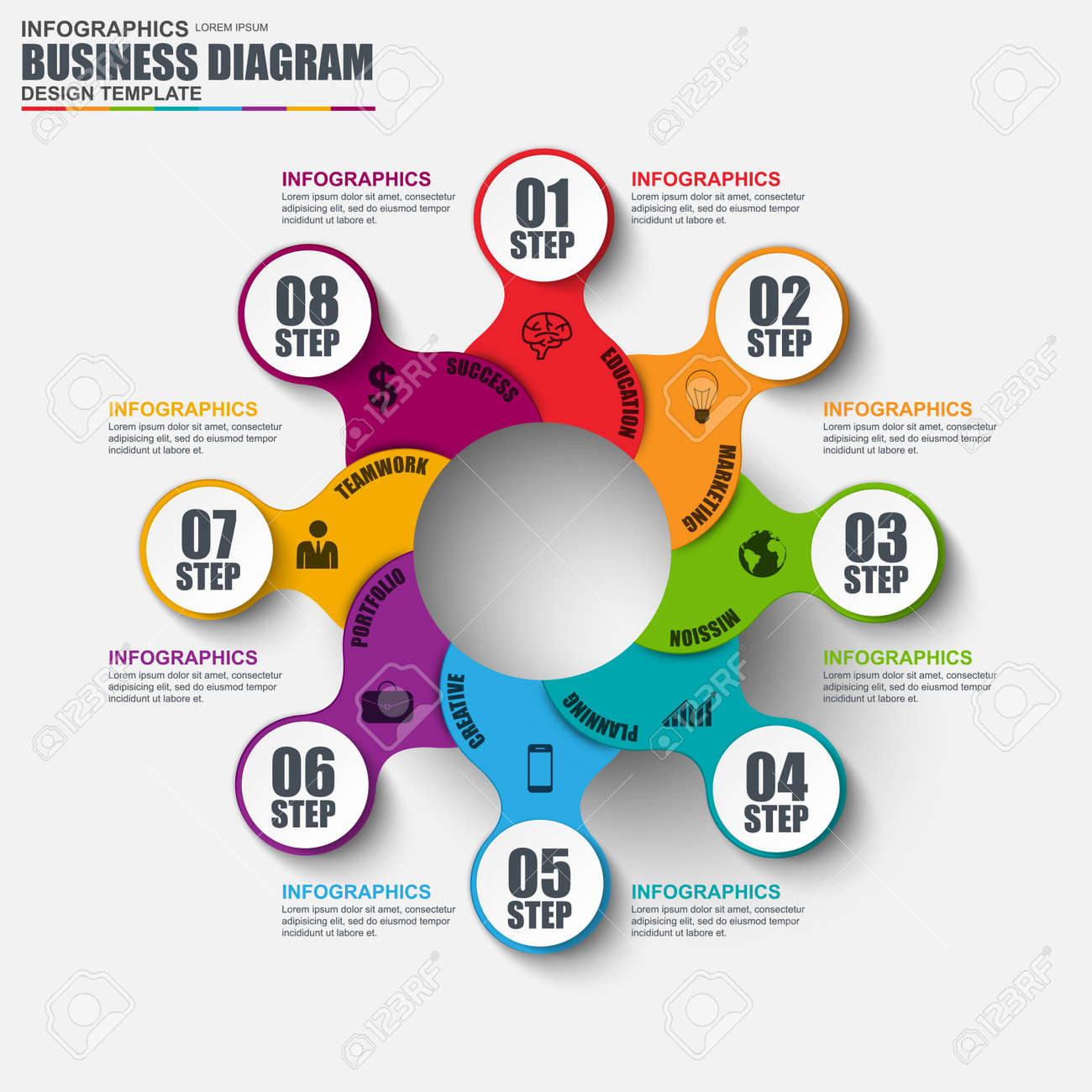Keen To Discover Exactly How Website Style Has Changed Gradually? Dive Into The Development From Simplicity To User-Focused Experiences
Keen To Discover Exactly How Website Style Has Changed Gradually? Dive Into The Development From Simplicity To User-Focused Experiences
Blog Article
Post By-Rasmussen Lunde
In the past, sites were straightforward and focused on information. Navigating was direct, and style was for desktop computers. Now, user experience is key. Information guides styles for very easy navigating. Receptive designs fit different tools. Today, dark mode reduces pressure, and minimalist menus improve navigating. please click the following post involve individuals, and bold visuals stand out. AI assimilation boosts engagement. See how layout has actually advanced to enhance your online trip.
Very Early Days of Web Design
In the early days of website design, simplicity preponderated. Internet sites were basic, with restricted shades, font styles, and layouts. The focus got on providing details rather than showy visuals. Individuals accessed the net with sluggish dial-up connections, so speed and capability were crucial.
Navigation food selections were straightforward, typically situated on top or side of the page. Websites were developed for home computer, as mobile browsing wasn't yet prevalent. Content was king, and designers focused on simple readability over complicated design elements.
HTML was the key coding language made use of, and developers needed to function within its constraints. Computer animations and interactive functions were very little compared to today's standards. Sites were fixed, with little dynamic material or customized customer experiences.
Increase of User-Focused Design
With the advancement of site style, a change towards user-focused design concepts has actually ended up being significantly prominent. Today, creating web sites that prioritize customer experience is crucial for engaging visitors and accomplishing business goals. User-focused design entails recognizing the demands, choices, and habits of your target market to customize the internet site's format, web content, and includes appropriately.
Designers now perform comprehensive study, such as user surveys and functionality screening, to collect insights and responses straight from individuals. This data-driven approach assists in developing instinctive navigating, clear calls-to-action, and visually enticing interfaces that reverberate with visitors. By putting the customer at the center of the layout process, internet sites can provide a more tailored and pleasurable experience.
Responsive design has likewise emerged as a key aspect of user-focused style, guaranteeing that internet sites are enhanced for various gadgets and display sizes. This versatility boosts access and usability, catering to the varied ways individuals engage with internet sites today. Fundamentally, the surge of user-focused layout symbolizes a shift in the direction of developing electronic experiences that focus on the demands and assumptions of the end individual.
Modern Trends in Website Design
Explore the most recent trends forming web design today. One popular pattern is dark setting style, offering a smooth and modern-day look while decreasing eye stress in low-light settings. Another vital pattern is minimalist navigating, simplifying menus and improving user experience by focusing on essential elements. Incorporating micro-interactions, such as animated buttons or scrolling impacts, can produce a much more engaging and interactive site. Receptive layout remains essential, ensuring smooth customer experiences across various devices. Additionally, utilizing vibrant typography and unbalanced formats can add visual rate of interest and accentuate certain material.
Integrating AI innovation, like chatbots for client support or customized suggestions, improves user involvement and improves processes. Access has additionally become a significant pattern, with developers prioritizing comprehensive design practices to cater to varied user needs. Embracing sustainability by maximizing site efficiency for speed and effectiveness is an additional emerging pattern in website design. Teaming up with individual responses and information analytics to repeat and enhance design constantly is vital for staying relevant in the ever-evolving digital landscape. By embracing these contemporary patterns, you can develop a visually appealing, user-friendly web site that reverberates with your target market.
Final thought
As you assess the advancement of web site layout from the early days to currently, you can see how user-focused layout has become the driving force behind contemporary fads.
Welcome just click the next article of adjustment and adaptation in web design, always keeping the user experience at the center.
Remain current with the current patterns and technologies, and never quit evolving your technique to create visually magnificent and straightforward internet sites.
Advance, adjust, and produce - the future of web design is in your hands.
